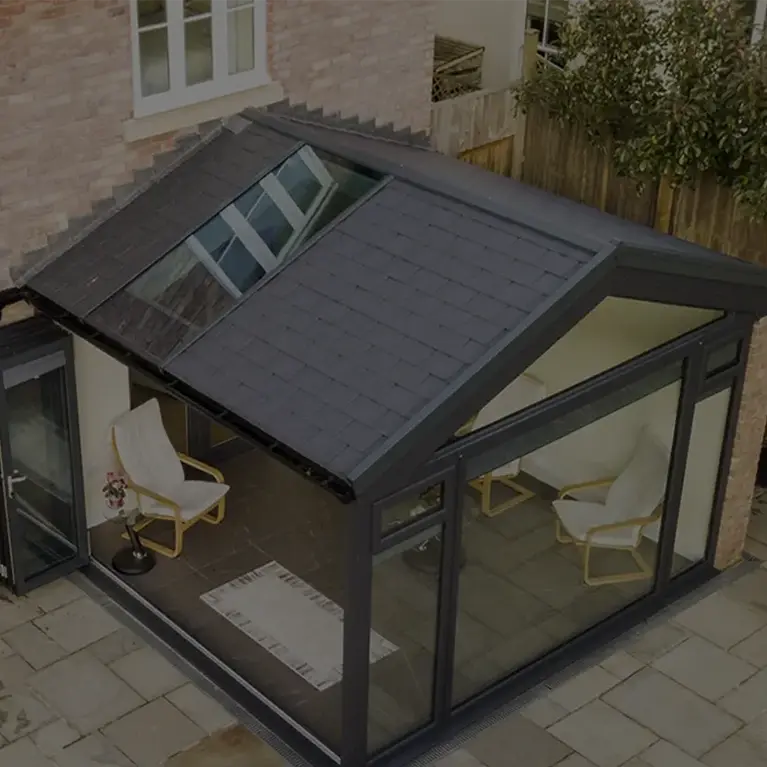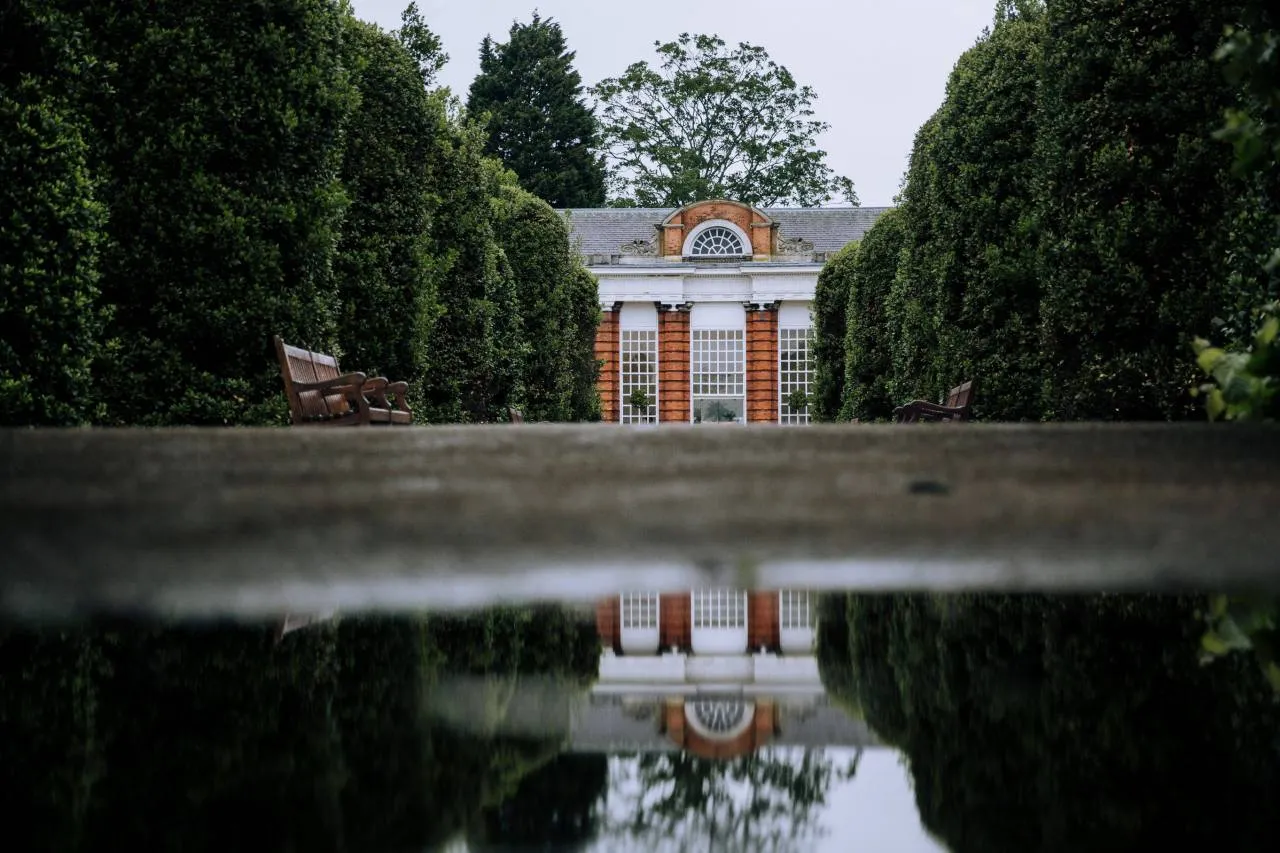When homeowners need to create more living space, but don’t fancy the expense, stress, and inconvenience of moving home or building a full extension, many invest in a conservatory. Few realise, however, that a conservatory isn’t the only affordable option for creating more space in the home.
Orangeries, once the preserve of stately homes set amid rolling countryside, are becoming an increasingly popular choice, made more possible by the relaxation in recent years of planning laws.
What Is An Orangery?
An orangery is a type of single-room extension that features a brick base and brick walls, with large windows and a central roof lantern that allows light to flood the room. Typically, the glass roof will cover less than 75% of the overall roof area, while less than 50% of the total wall area will be constructed from glass.
Orangeries may be fantastic additions to a 21st century home, but their origins date back to 17th century Italy. Typically, orangeries were a common feature of high-end country properties and were favoured by the aristocracy, who used the structures for the cultivation of citrus trees that would normally only grow in warmer climates.
As international shipping improved access to citrus fruits from overseas plantations, orangeries became popular venues for socialising, offering homeowners valuable living space with enjoyable views of their garden.
What Is The Difference Between a Conservatory and An Orangery?
While conservatories and orangeries share some common design features, there are significant differences that homeowners should appreciate before deciding which to build:
- Conservatories are made almost exclusively from glass, although many have a low dwarf wall constructed from brick or uPVC panels at floor level, reducing the height of the glass.
- At least 75% of the roof area of a conservatory is constructed from glass or polycarbonate.
- An orangery usually uses wide brick pillars as part of the structure, reducing the amount of glass and providing more internal wall space.
- Patio or French doors are common on conservatories, whereas orangeries often feature folding or bi-fold doors.
Orangery vs Conservatory: What Are The Advantages?
Despite featuring in the architectural history of Europe’s wealthy homes, orangeries are a cost-effective way to extend your home without the financial outlay of a full-blown extension. Orangery prices start from £20,000, and will be fully fitted (including VAT). While you can expect a mild uplift from the cost of a conservatory, an orangery offers fantastic benefits that make the investment a wise decision in the long-term:
- Unlike low end conservatories, which can suffer from extremes of temperature in winter and summer, orangeries achieve a more consistent temperature, making them a better option for year-round use.
- The roof lantern and brick walls in an orangery offer more effective insulation than a conservatory, which is constructed predominantly from glass. Energy efficient glass can be incorporated to achieve even greater savings.
- With the appearance of a conventional extension, an orangery adds more value to your home than a conservatory, so you can reclaim the additional outlay in future.
- The use of bi-fold or folding doors can open an orangery to the garden, bringing all the benefits of outdoor living to the interior of your home in summer.
Call Harveys Windows To Arrange Your Showroom Visit
To find out more about adding more space to your home with an orangery, please get in touch with Harveys Windows on 0116 497 5866, or drop by our Leicester showroom.
Image Source: Unsplash


